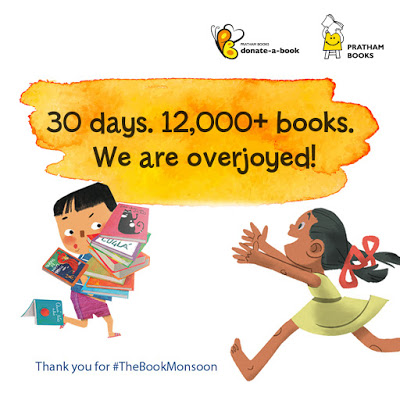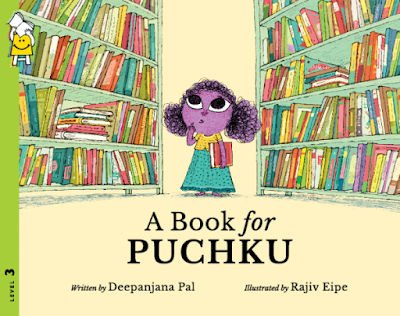What is Y.A., Exactly?

The Altantic Wire attempts to explain the category of Young Adult literature.
We conferred with librarians, agents, publishing world executives, and the experts of the Internet to put together a primer of sorts. They don’t all agree, either—nor is this current-day definition one that will remain so forever. As author Michael Cart, writing for YALSA, the Young Adult Library Services Association, for which he is a former president, explains, “The term ‘young adult literature’ is inherently amorphous, for its constituent terms ‘young adult’ and ‘literature’ are dynamic, changing as culture and society — which provide their context — change.”
Essentially, it’s just literature for and about teens, there to bridge the gap between children’s and adult’s books. It can be subdivided into the same genres as adult books—romance, paranormal, mystery, horror, literary fiction.
As Tracy van Straaten, VP at Scholastic, reminded us, “Something people tend to forget is that YA is a category not a genre, and within it is every possible genre: fantasy, sci-fi, contemporary, non-fiction. There’s so much richness within the category.”
What’s the history of the category?Cart writes,When the term first found common usage in the late 1960’s, it referred to realistic fiction that was set in the real (as opposed to imagined), contemporary world and addressed problems, issues, and life circumstances of interest to young readers aged approximately 12-18. Such titles were issued by the children’s book divisions of American publishers and were marketed to institutions – libraries and schools – that served such populations.While some of this remains true today, much else has changed. In recent years, for example, the size of this population group has changed dramatically. Between 1990 and 2000 the number of persons between 12 and 19 soared to 32 million, a growth rate of seventeen percent that significantly outpaced the growth of the rest of the population. The size of this population segment has also increased as the conventional definition of “young adult” has expanded to include those as young as ten and, since the late 1990s, as old as twenty-five.“Fast forward to Catcher in the Rye in 1950,” says Marcus. “Salinger did not have teens in mind as his audience, but that’s who ended up reading the book.” (McCarthy agrees, “Certain classics would be categorized as Y.A. if they were published today. Catcher in the Rye comes to mind.
McCarthy cites Harry Potter and Twilight as “the real game changers in the category. They became monstrous forces because they had rabid teen fan bases, but they also bridged over to adult readers in big ways. Because Y.A. isn’t as subdivided on bookshelves, authors don’t need to worry about blending elements of different genres. If someone writes a fantasy romance, they don’t have to be concerned about whether they’re filed under fantasy or romance and whether the readers of the other genre will seek them out. There’s great power in that, and authors have an easier time of working outside of genre constraints this way.”
Image Source : Newton Free Library






